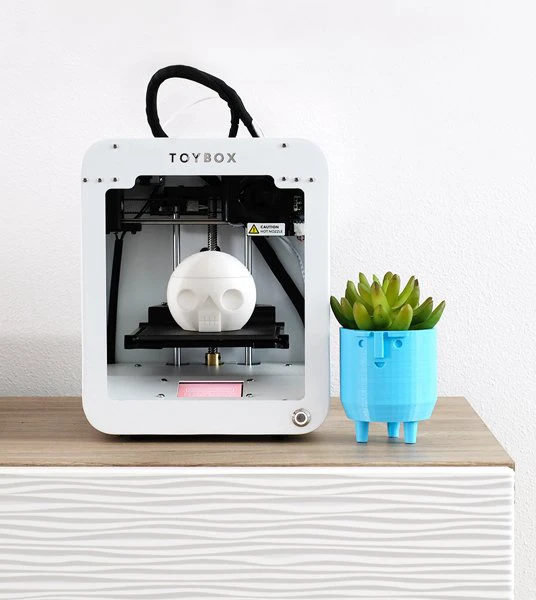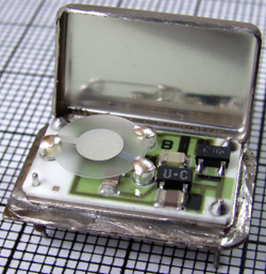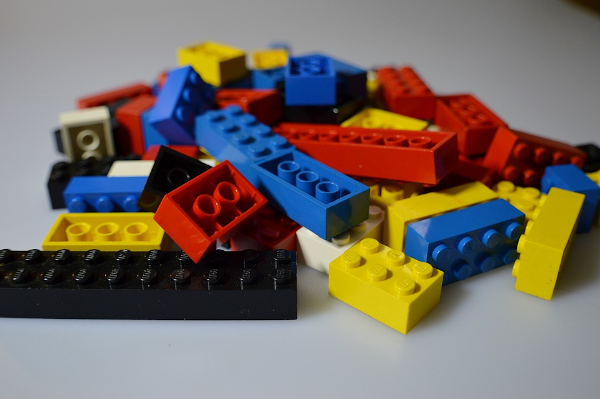
Charles R. Goulding and Ryan Donley check in on the playful side of 3D printing
We were glad to see Warner Media, the owner of HBO and other leading media assets, announce a partnership with Toybox, the 3D printer for kids. 3D printing Wonder Woman, Superman, and other famous movie-branded toys should help inspire a new generation of 3D printing enthusiasts.
In 1920, crystal radios began to encourage radio enthusiasts who learned about crystal oscillators and radio waves. A century later, we have an incredible satellite and communications industry.

Talk to many architects and engineers and, depending on who, they will reminisce about the enjoyment derived from erector sets and LEGOs. A child who experiments with a toy 3D printer is going to feel right at home in a university maker lab.
Toybox
Toybox is a 3D printer company that tailors printers towards children. The Toybox company was founded by two former Microsoft engineers who crowdfunded their 3D printer in 2017, then presented their product on Shark Tank in 2019 and gained a US$150,000 investment from Kevin O’Leary. Since, the company has grown in popularity globally and has even secured an additional investment from Legendary Ventures to assist in global presence and distribution.
Toybox 3D printers are unique in providing a younger generation fun access to new technology. The 3D printer operates with simple-to-use apps and tools where children can create their own toys, accessories, etc. Toybox also has a pre-loaded database of numerous creations that is continually expanding – especially now with the Warner Media partnership.
3D printing becoming more accessible and fun for children opens an opportunity that follows a similar suit to the early crystal radios and LEGOs.

3D printing and similar activities may be eligible for R&D Tax Credits; read the summary below to find out how.
The Research & Development Tax Credit
Whether it’s used for creating and testing prototypes or for final production, 3D printing is a great indicator that R&D Credit eligible activities are taking place. Companies implementing this technology at any point should consider taking advantage of R&D Tax Credits.
Enacted in 1981, the now permanent Federal Research and Development (R&D) Tax Credit allows a credit that typically ranges from 4%-7% of eligible spending for new and improved products and processes. Qualified research must meet the following four criteria:
- Must be technological in nature
- Must be a component of the taxpayer’s business
- Must represent R&D in the experimental sense and generally includes all such costs related to the development or improvement of a product or process
- Must eliminate uncertainty through a process of experimentation that considers one or more alternatives
Eligible costs include US employee wages, cost of supplies consumed in the R&D process, cost of pre-production testing, US contract research expenses, and certain costs associated with developing a patent.
On December 18, 2015, President Obama signed the PATH Act, making the R&D Tax Credit permanent. Beginning in 2016, the R&D credit can be used to offset Alternative Minimum tax for companies with revenue below $50MM and, startup businesses can obtain up to $250,000 per year in payroll tax cash rebates.
Conclusion
From crystal oscillator radios to Legos to now Toybox, younger generations have been inspired to tinker and experiment with new technologies. As technology becomes more advanced and available, children can practice and learn new core STEM teachings. This is especially the case for 3D printers, where a creative mind can design and print their own toy without realizing the application of complex geometries and the printing process.
